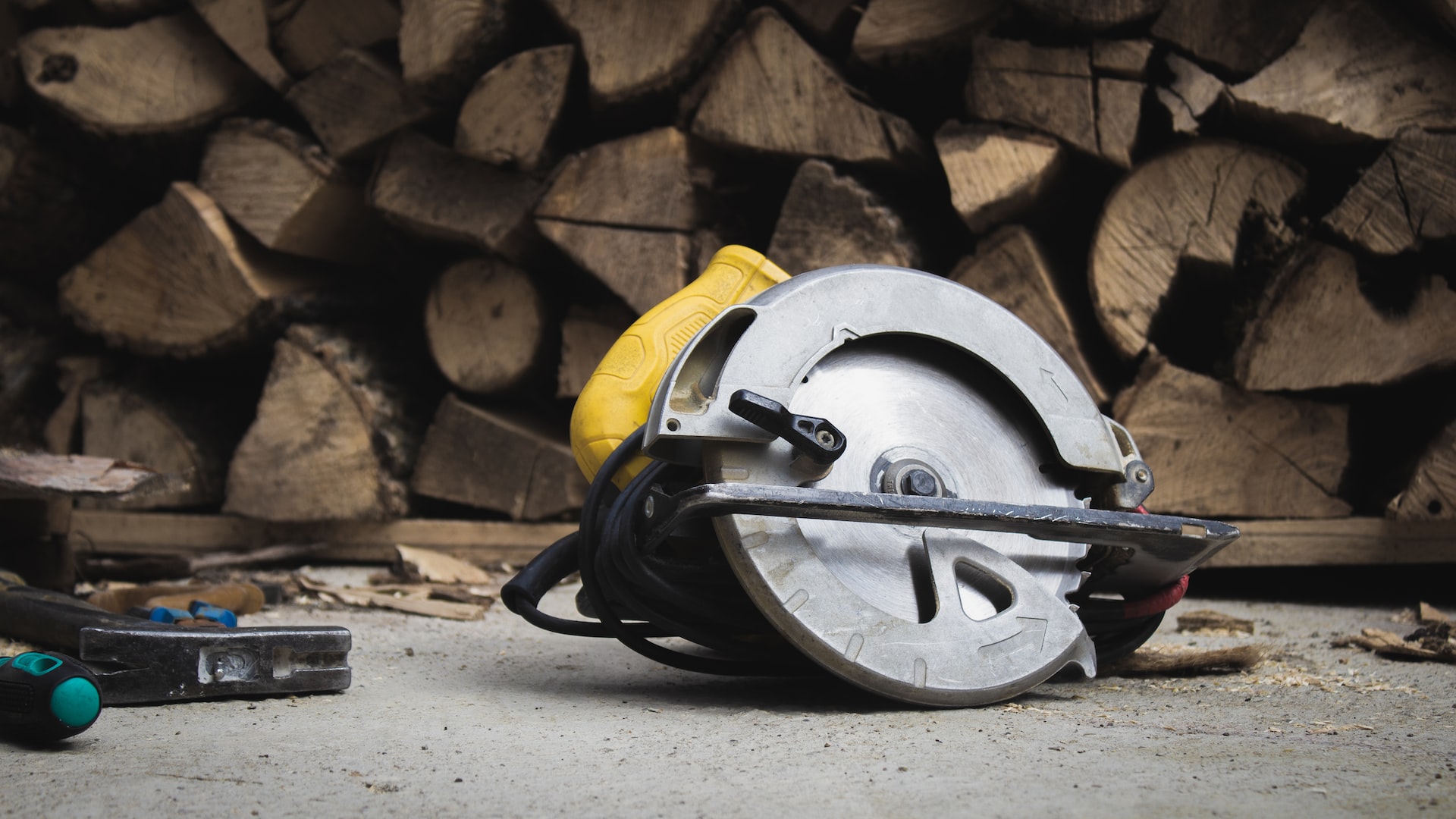One of the questions that often stumps homeowners is how to store their saws. If they planned ahead and created specific storage for their saws, the answer is pretty easy. But, if they’ve already filled their storage capacity and still have extra saws to store, they might need to implement some creativity. In this article, we will explore some practical and safe saw storage ideas that you can implement on your own.
Considering your storage needs
Before you opt for a specific idea, it is important to understand your storage needs. After all, saying that you need to store saws is a fairly broad term. And until you boil it down to a more specific problem, you will not be able to find the solution that will suit your needs.
What kind of saws do you plan on storing
First, consider the type of saws that you need to store. Jig saws, circular saws, and reciprocating saws (or sabre saws) are only some of the many different types of saws. And it can be pretty beneficial to familiarize yourself with what kind of saw you are using before you go about storing it.
Second, consider how many saws you have. If you have only one, finding the proper storage will be easy. Even if you have some extra blades, you might need to look for other solutions if you have multiple saws and no set-out place to store them.

Contents
Cost efficiency of various storage solutions
Another thing to consider is how necessary it is to find DIY solutions for practical and safe saw storage. If you plan on living in a house and need long-term saw storage, of course, you should consider a DIY idea. But, if you only need saw storage for a short period of time, you might want to look into different options. For instance, let’s say that you need to relocate to a different home and need to do some renovation beforehand. What people forget is that third-party storage can be helpful here, especially if it is nearby. You won’t have to tackle safety issues, and you won’t have to go through the hassle of construction. This is one of the many situations where making DIY storage isn’t really the best solution.
DIY tips for practical and safe saw storage
The biggest problem with saw storage is finding the right place. On the one hand, you need it to be easily accessible so that it is practical. On the other, you want to ensure that your saws are safely stored and that you don’t damage them or hurt yourself while in their vicinity. The combination of the two makes practical and safe saw storage difficult. But, if you take careful stock of the available storage space and use a bit of creativity, you can likely find a suitable place.
Wall hanging
Arguably the most common solution for saw storage is hanging it on a wall. You either install or make a hook from which to hang your saw and be done with it. The trouble comes when you can’t find the right spot for it. First, you need to ensure that your walls can support the weight of the saw. Then you need to make sure that there is no way that moisture can come into contact with it. You can wrap it in plastic. But this lowers the accessibility factor as you’ll have to rewrap it after each use.
If you find a suitable spot, this is the cheapest and easiest storage solution. You can put the extra blades in a bag and hang them from the same hook if necessary. Just make sure the blades are covered, so they don’t cut the bag. And that the bag itself is of decent quality.
Designated cabinet
Another option is to create an extra storage cabinet that you’ll specifically use for power tools. You can create one specifically for your saw, but this will likely be too much effort for a single tool. Instead, build a cabinet up to the safety standard required for power tools. Make sure that rain cannot seep into it and that it has a safety lock. Ideally, you will first consider all of your power tools and make a layout of where you will place them within a cabinet. Buying one is also an option, although a more expensive one. Making a decent cabinet is pretty straightforward, and you’d be surprised at how much space you will use if you first plan your storage.
Makeshift attic
Let’s say you already have an utterly filled-out storage shed or a garage. No place on the wall and no room for a cabinet. So, where are you supposed to find the extra storage room for a saw? Well, a neat option is to make a makeshift attic. Mind you; this is not the type of attic that request extra insulation. What you do is add a wooden platform to your existing storage space.
The idea here is to use the verticality of your storage space, not just the surface of it. Even a tiny attic can effectively double your storage capacity. And if you are clever about what you place under it, it can be surprisingly practical. Just consider how you will access the items in the attic once you put them into place. For it to be practical, it shouldn’t cover more than half of your existing storage space.
Final thoughts
All of our solutions for practical and safe saw storage require some woodworking skills. Because you plan on owning a saw, we’ve assumed that you already have them or plan on learning. In the case of the ladder, we strongly advise you to learn as much as possible about woodworking before making a cabinet or a makeshift attic. Safety should always be your primary concern when using and storing saws.
